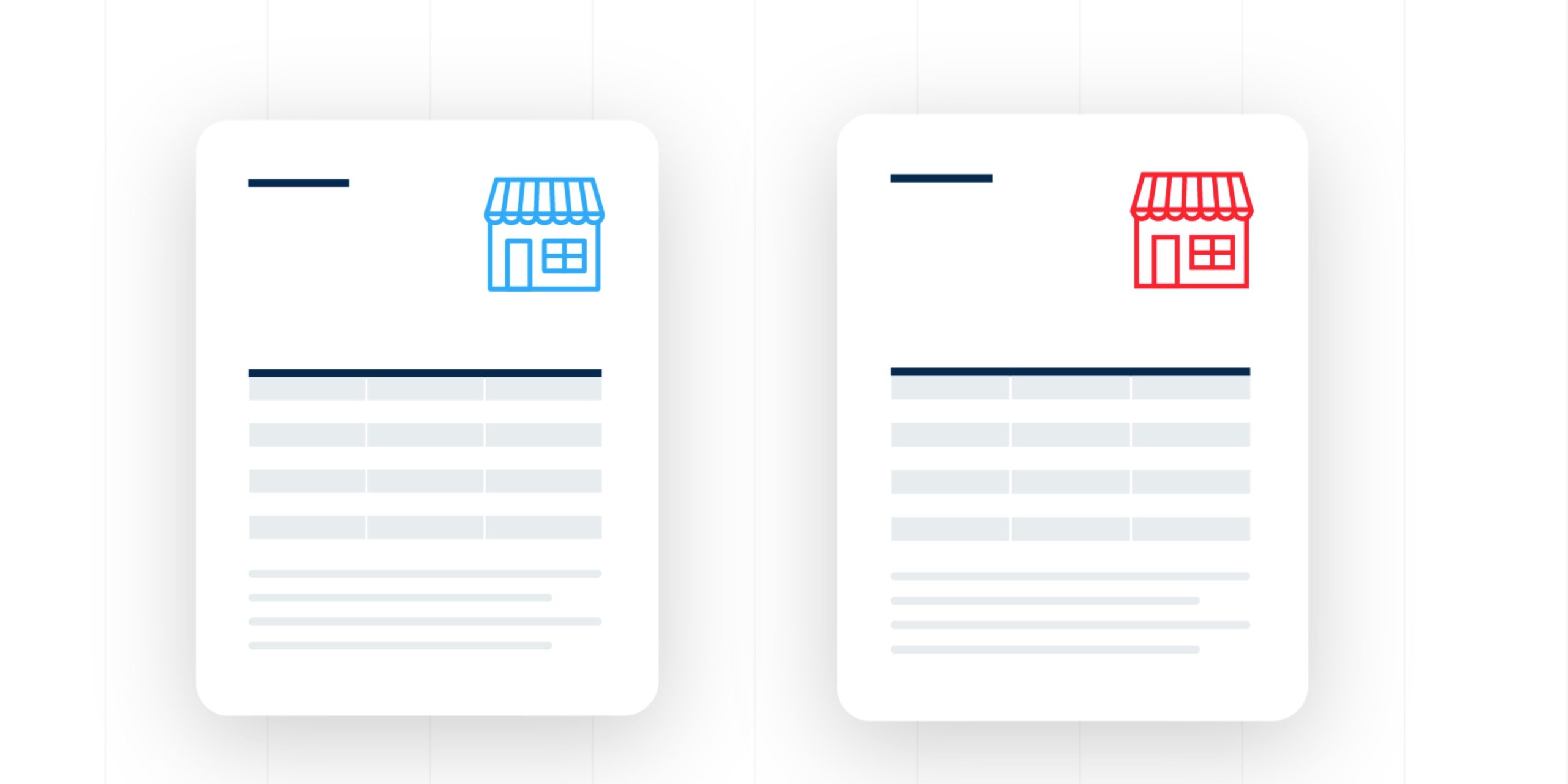The digital age has forced the insurance industry to look beyond the data sources traditionally used by underwriters. Clunky and outdated, these sources create more questions than answers for underwriters as they attempt to classify, describe, and select commercial business. Combine that with an unstable economic environment, and these antiquated methods of performance reporting are obviously not getting the job done effectively.
So what tools do the underwriters of today need to provide them with dynamic answers to their biggest, and most common, questions? Start with real-time data sources and advanced predictive tools, as they provide a competitive edge in underwriting and can stop adverse selection in its tracks.
Imagine finding new dimensions of risk that can be used to price small businesses with laser precision. But where do you find them? How do carriers access these real-time data sources, and, more importantly, make sense of the vast amounts of data out there? Carpe Data’s Chris Longano and EY’s Tim LeCam joined AM Best’s John Weber to discuss data sources, strategy, and successful integration.
This blog is based on “Using New Data to Classify, Describe, and Select Commercial Business,” a webinar presented by Carpe Data’s Director, Sales Consultant Chris Longano, CPCU and EY’s Senior Manager, Insurance Technology Consulting Tim LeCam, for AM Best’s webinar on May 18th, 2021. You can view a recording of the full discussion free here.
Why is “real-time” data better than traditional sources?
“Real-time data is data that’s representative of the current moment in time,” explained Chris Longano. “So much of insurance pricing is built on information that’s found and formulated over many years.” Therefore real-time data sources enable underwriters to look into the future of the potential risk and give them a head start on what the inevitable might be. A good example? To view a score about a business’s neighborhood that reflects what’s going on now, or even provide insight into the five-year loss history of the area.
Traditional sources include Dun & Bradstreet, Experian, and business-specific data like MDR reports, all of which require underwriters and/or agents to visit different places and pull multiple bits of information into a system by hand. Real-time data sources help improve the customer experience for agents and brokers, requiring them to enter less information, but also providing a more holistic view for underwriters and assessing progress.
Keep your eyes on the prize
“I think the biggest thing to realize is that data, in and of itself, is not a Holy Grail,” remarked Tim LeCam. “It is an incredibly important part of being successful in the small commercial segment, but it needs to be aligned with the strategic objectives of the company.” LeCam stresses that carriers should understand the business challenges that they are trying to solve particularly in regards to innovation, and to stay true to those goals. “Is the goal to reduce the amount of data that the agents need to enter? Is it to enable the underwriters in the small commercial space to transition out of being individual risk underwriters and having to touch every risk?” asked LeCam. “Success is using data as a tool, but not as the end all and be all for solving every problem.”
Longano emphasized that no single carrier is an island, and “by that same logic, there’s no one data vendor that’s an empire.” It’s more about synthesizing the information and what you do with it that will give a carrier’s products the competitive edge and a broader customer experience, not necessarily the data source.
[Related Reading: Pandemic Spurring Automation in Small Commercial Insurance]
Be selective
“It’s valuable to think of your data vendors as partners, and not so much as ‘providers’,” Longano commented. “You’re looking to hire a team of experts to do what they do best, which allows the carrier to continue to do what they do best, which is providing insurance products and a good experience to your customers.” Longano encourages carriers to ask questions in order to learn where the vendors’ strengths are, and to put the onus on them to be candid and transparent about their operations and abilities. “Make sure they’re the experts in the field that they claim to be.”
LeCam reminded the audience that it’s critically important for carriers to formulate a data strategy and have a team of data scientists who are able to evaluate vendors on their data and how it matches the carrier’s portfolio.
Watch the entire webinar to hear what Chris and Tim have to say about:
- What specific questions to ask potential vendors
- What the true cost of new sources of data is
- How carriers are missing certain applications of data
- Examples of emerging data sources for small commercial that didn’t exist five years ago


